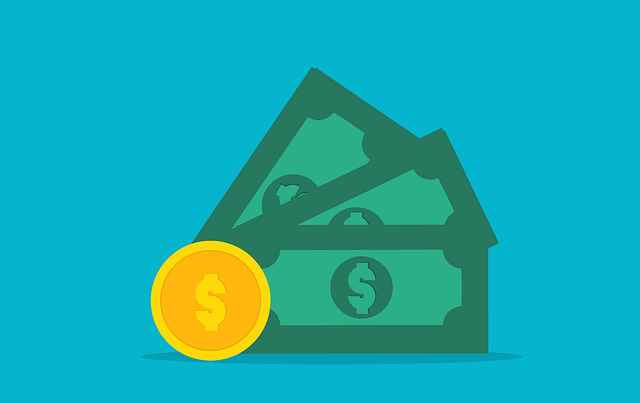Secured loans with collateral like real estate offer lower rates and flexible terms compared to unsecured options like Unsecured Consolidation Loans, which have higher rates but simplify debt management. Repaying secured loans on time keeps borrowers in control of their assets. Unsecured consolidation loans merge multiple debts at potentially lower rates, freeing up cash flow, but require careful cost evaluation and meeting lender eligibility criteria.
Understanding the difference between secured and unsecured loans is crucial for any borrower. Secured loans, backed by collateral, offer lower interest rates and flexible terms but carry the risk of asset forfeiture if you default. Unsecured loans, lacking collateral, are easier to qualify for but come with higher interest rates and stricter credit checks. This article delves into these loan types, exploring secured loans’ benefits, unsecured loans’ risks and requirements, and consolidation options for both, including Unsecured Consolidation Loans, to help borrowers make informed decisions.
- Understanding Secured Loans: How They Work and Their Benefits
- Unsecured Loans: Risk, Requirements, and Consolidation Options
Understanding Secured Loans: How They Work and Their Benefits
Secured loans are a type of financing where the borrower offers an asset, such as real estate or a vehicle, as collateral to secure the loan. This collateral acts as protection for the lender in case the borrower defaults on repayment. Understanding how secured loans work is essential, especially when considering options like Unsecured Consolidation Loans. The benefits of secured loans include typically lower interest rates since the lender has a form of assurance through the collateral.
If the borrower successfully repays the loan according to the agreed-upon terms, they retain ownership of the asset. Secured loans can also offer more flexible repayment terms compared to unsecured loans, as the lender has a vested interest in ensuring successful repayment due to the collateral. This makes them an attractive option for individuals looking to manage their debt and potentially save on interest costs when compared to Unsecured Consolidation Loans or other forms of unsecured credit.
Unsecured Loans: Risk, Requirements, and Consolidation Options
Unsecured loans are a type of financing option where no collateral is required from the borrower, making them a riskier proposition for lenders. This means if you fail to repay the loan as agreed, the lender has no legal right to seize any of your assets to recover the money. As such, unsecured loans often come with higher interest rates to compensate for the increased risk.
When it comes to consolidation options, unsecured loans can provide a viable path for debt management. Unsecured consolidation loans allow borrowers to combine multiple high-interest debts into a single loan with potentially lower interest rates and more manageable terms. This simplifies repayment and can free up cash flow for other financial goals. However, it’s crucial to assess the overall cost of consolidation, including any fees or penalties associated with paying off early, and ensure you meet the eligibility requirements set by lenders for unsecured consolidation loans.
When deciding between a secured or unsecured loan, understanding your financial needs and risk tolerance is crucial. Secured loans offer benefits like lower interest rates and higher borrowing limits, but they require collateral, while unsecured loans provide flexibility with no collateral needed, yet come with higher risks and stricter requirements. For those seeking to consolidate debt, unsecured consolidation loans can be a viable option, allowing for manageable payments and improved financial oversight.
